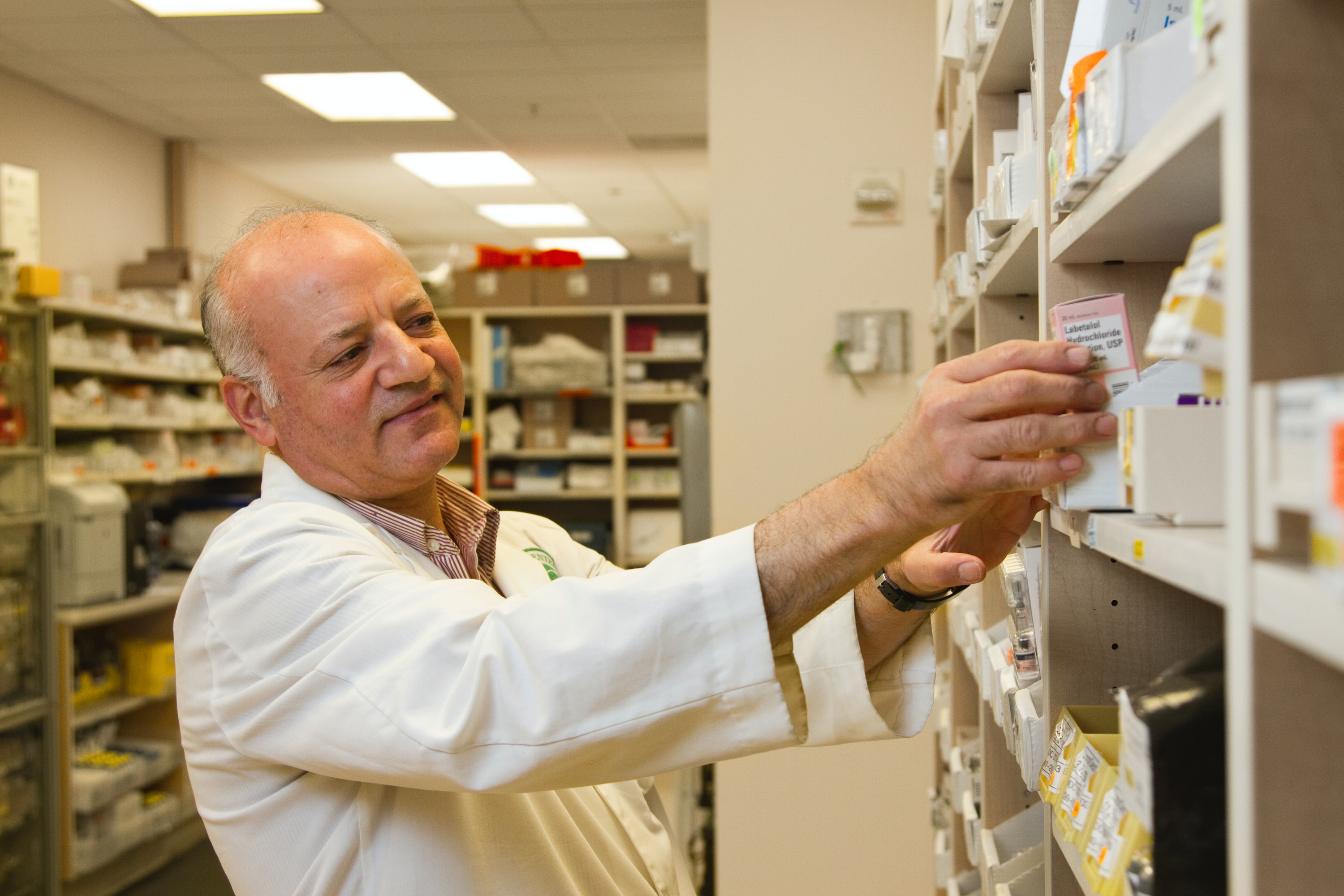
Bluesight’s top takeaways from NADDI 2022.
By Hannah Kanfer
This past week, BluesightⓇ attended the annual conference of the National Association of Drug Diversion Investigators (NADDI). Here are some of the top takeaways from the conference.
-
Diversion amidst the pandemic has increased.
Drug diversion can be defined as unaccountable loss, theft, use for unintended purposes, or
tampering of a drug or the transfer of a drug from its intended purpose to another person for illicit use. It is no surprise drug diversion throughout the pandemic has gotten worse, with drug overdose deaths increasing 38% since the beginning of the pandemic.
The pandemic has brought many factors into play including increased patient volume, work hours and emotional demands on an already stretched staff. Due to staffing shortages, hospitals have had to rely on more travel nurses and temporary staff, causing lack of transparency and standardized procedures among staff. Bluesight’s Hospital Pharmacy Operations Report 2021 found that diversion is one of the top concerns among hospital pharmacy staff.
-
Prevention is key. Hospitals should expect and prepare for diversion.
Diversion is likely happening in your hospital. Overwhelming, the speakers at NADDI emphasized that if you think diversion isn’t happening in your hospital, you are likely not looking hard enough. Take a proactive approach to diversion by performing a risk assessment of your current drug monitoring system.
-
It’s critical to educate all staff members.
Never underestimate the power of education and the importance of educating all staff members including clinical, pharmacy, management and non-clinical. All of these departments can and will benefit from comprehensive and accessible information.
This can include resources on policies and procedures as well as proper documentation, inventory and reporting practices. Your staff should also understand what diversion is, what are the signs of an impaired healthcare worker and what they should do in the event they suspect that diversion is taking place. Staff should also have a clear understanding of any disciplinary policies and opportunities for employee assistance and treatment.
-
Cultivating an organizational culture of safety is key.
These takeaways can not be implemented without the proper organizational structure and culture in place. Patient safety should remain the utmost priority for hospitals. Make sure your hospital has dedicated resources to detect and report diversion, and your teams are fostering a culture of safety.
ControlCheck™ helps take a proactive approach to drug diversion. ControlCheck helps bring item-level visibility into a hospital’s controlled substance inventory and highlights activity that may pose a risk for diversion, so patients can receive the exemplary care they deserve. Click here to learn more about ControlCheck